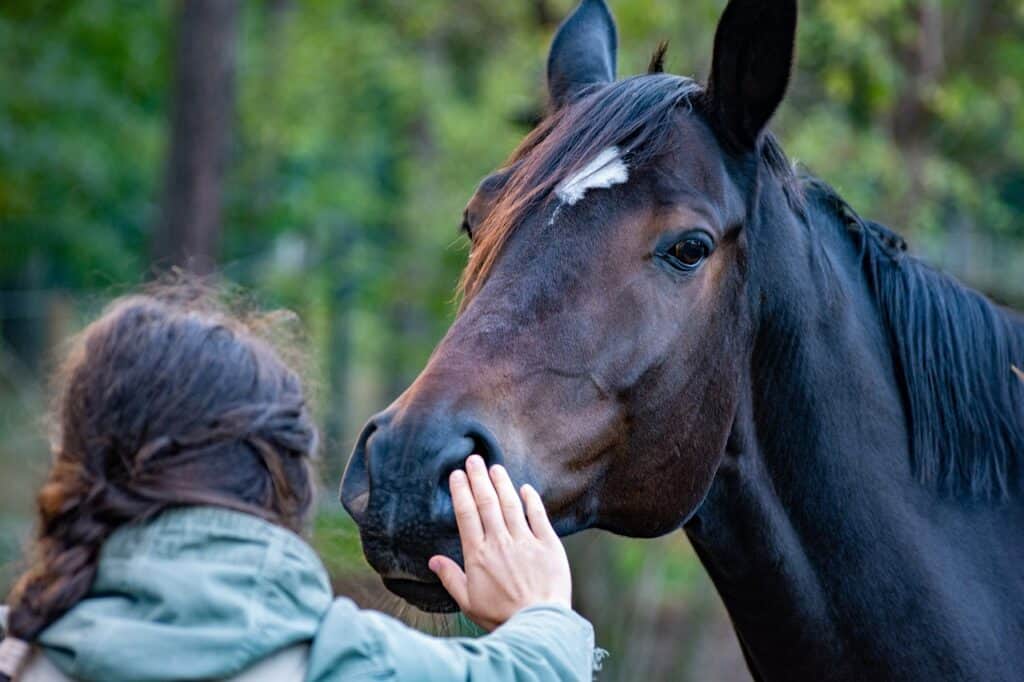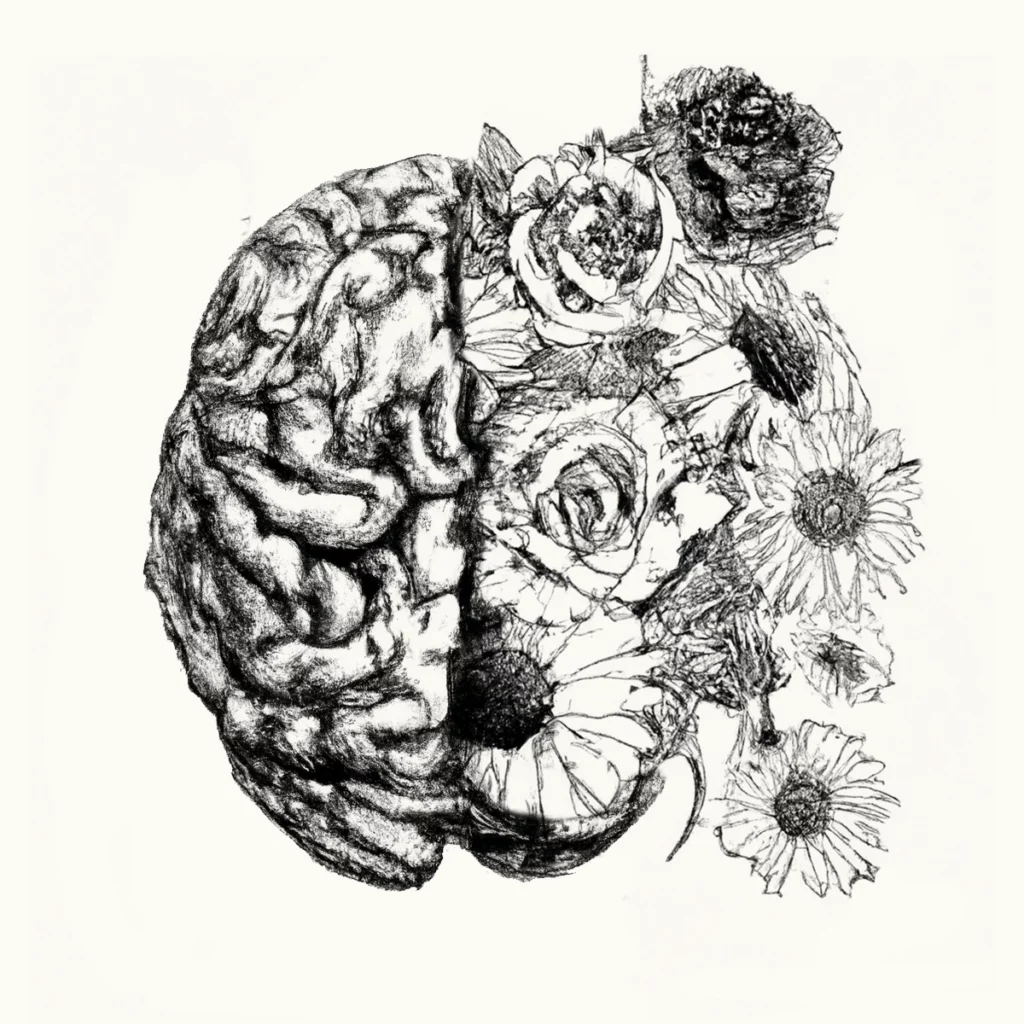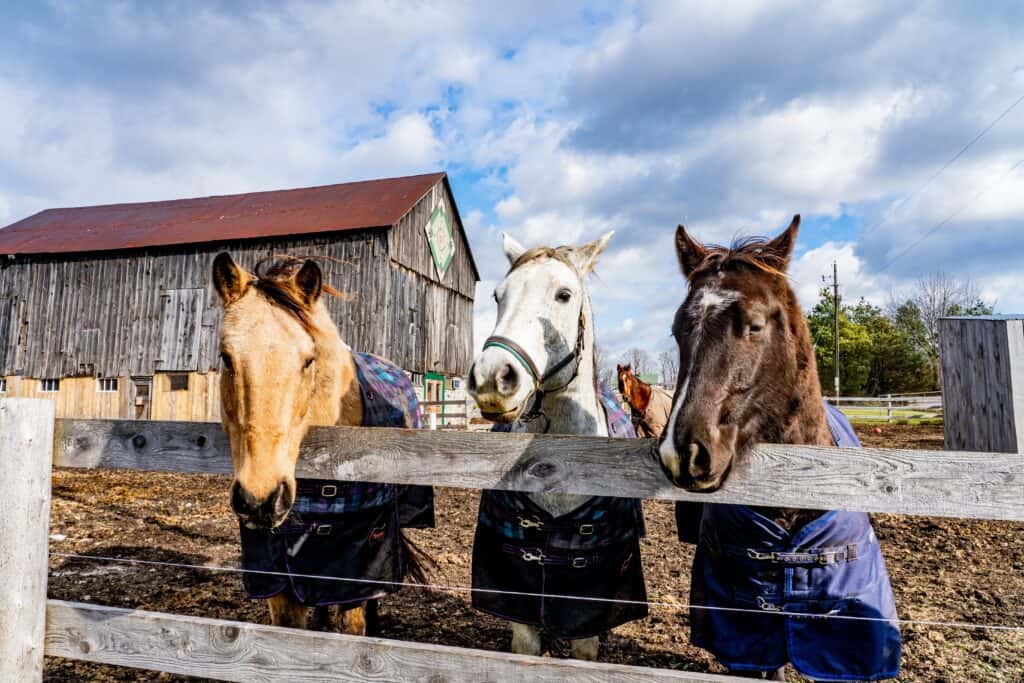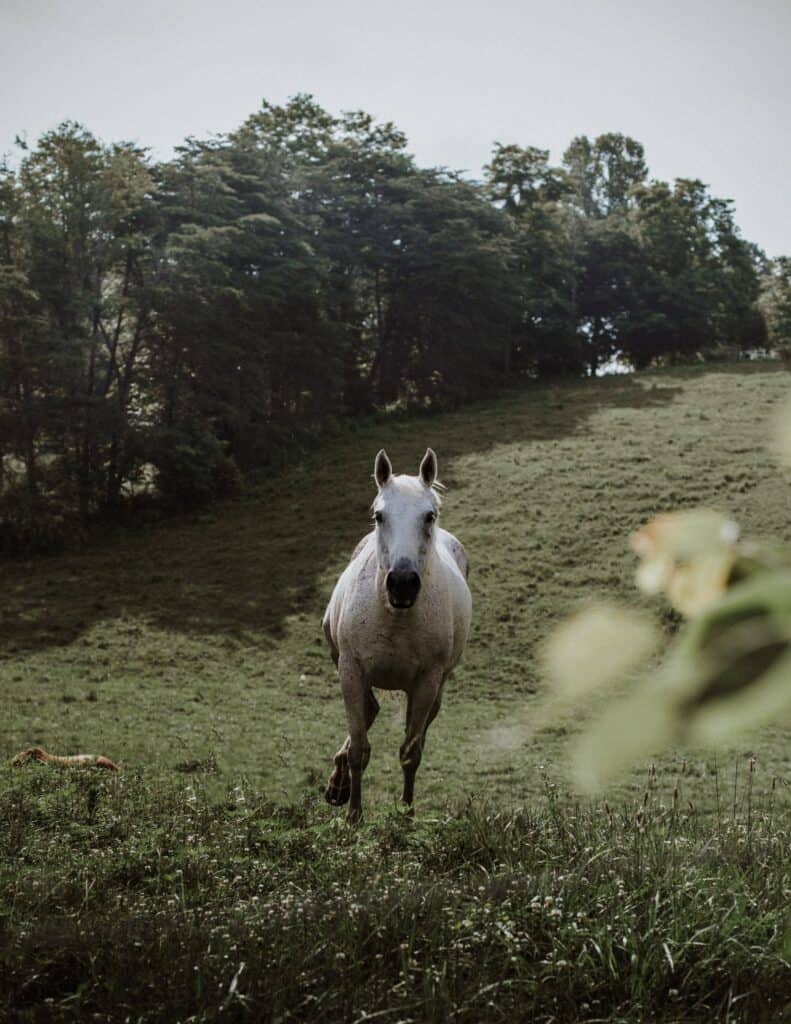I find myself gathering quotes, poems, and words of wisdom from those who inspire me. Those words often inspire me to gather my thoughts on them; to reflect in a way that provides clarity for me and now maybe for you as I share them:
Some thoughts from me…
As we know, as one’s window of tolerance widens, the greater capacity to calm, the more the dissociative process is treated, essentially the more stabilization is on board. We have talked about that as it relates to our clients, but please remember that I am always considering that we are not different than our clients. One of the foundational principles of working with trauma and dissociation is the ability to explore the window of tolerates as it relates to ourselves.
As we work with our clients, we might have forgotten that our capacity to process is already greater, just by the nature of having that coffee cup capacity of an adult sized brain, as opposed to a child’s brain. But, as we are exposed to the distress in our clients, it is more often that our lack of realization about our internal strategies and processes will hijack the client’s opportunity to heal their dissociative process.
As if the blind leading the blind, a therapist’s non-realization of the very strategies used to distract from one’s own distress will limit the therapeutic process. I call it the “trance dance.” More on this soon, but consider the ways that we can get stuck, get in “trance” with our clients. These are often the very doors into the crux of the work, theirs, and certainly ours.




